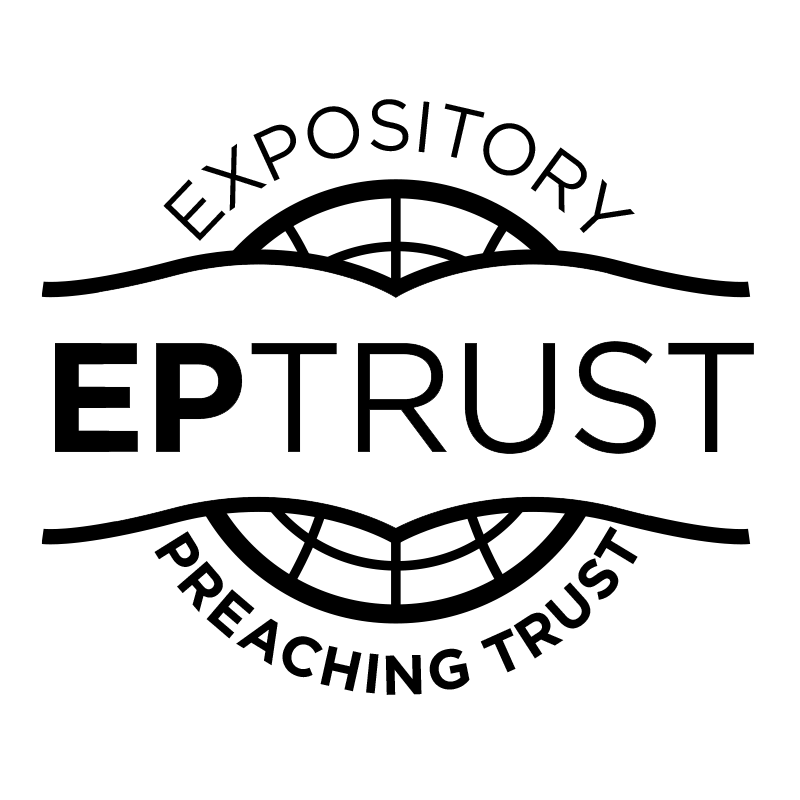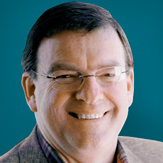In my opinion, this is the KEY
In 1976, having spent 3 years of formative theological training at Moore College, I moved to my first parish, Wee Waa, in the north west of NSW.
I was to be the church’s second minister, the first was a faithful man, an excellent communicator. In town the church was known as the American Embassy; the building was modern and 75% of the congregation had come from the USA in order to grow cotton.
In those days Wee Waa was the cotton centre of Australia, it was a busy town and a busy church.
My sermons were very different to the previous minister, I preached for longer, I had been trained to always expound, and, I wasn’t the communicator he had been.
It was not going well, I knew that the congregation were switching off and I was growing more desperate. I visited the father of the Presbytery, the longest serving minister in the Presbyterian churches of the area and he told me something which was to transform my ministry.
It is probably not new to you but it was very helpful to me and continues for me to be the KEY to engaging preaching. ‘Remember’, he said, ‘every statement answers a question’.
Of course, it does. My name is David — what is your name? I live in Drummoyne — where do you live?
I had been preaching the statement and people felt like they were receiving a knowledge dump, but often failed to understand the relevance of the Bible passage.
The key to engaging preaching is to preach the question the passage answers and since every passage makes a statement it therefore answers a question.
It is not a hard next step to move from the ‘Big Idea’ statement of the passage to its ‘Big Question’.
John 3:16 – Big idea, ‘to believe in Jesus, God’s gift of love is to have eternal life’. Big question — ‘How to have eternal life?’
I found the next step more difficult, the obvious big question was not necessarily engaging because people would know the question’s answer, so I needed a more marketable big question.
So I go to the application of the truth at 3 levels; how must it apply to all?, how may it apply to some?, and how it must not apply to any? — the necessary, possible and impossible applications.
Then I am ready to work on the marketable question and in the case of John 3:16 it may centre around eternal fitness or soul health. The marketable question will answer the obvious question but in a more engaging way.
The introduction of the sermon is vital. In Wee Waa I focused on the first few minutes, I sought to engage with the question which the passage was going to answer but to have a question people might find tantalising.
Investing time in those opening few minutes of the sermon pays dividends! Communicators believe that people remember the first thing they hear, the last thing they hear and any major bloopers in between. So the sermon is like the A380 aircraft, maximum thrust at the beginning to take off, special attention at the ending for landing, and then eliminate mistakes in between.
That is the communicative key but the key to effectiveness in preaching is prayer that God will glorify himself through the preaching of his word, to save a people and then that those people mature and grow in Christlikeness.
A friend of mine says that the first time he preaches his sermon is usually the 6th time he has preached it. He reads through it that often, and each time reads prayerfully that God would govern every word selection. The prayerful reading of the sermon in preparation is vital in my opinion.
Remember the advice many of us heard often, ‘the first 50 years are the hardest’, so keep at it, because God is faithful.
David Cook.


